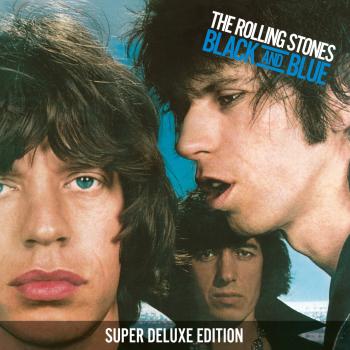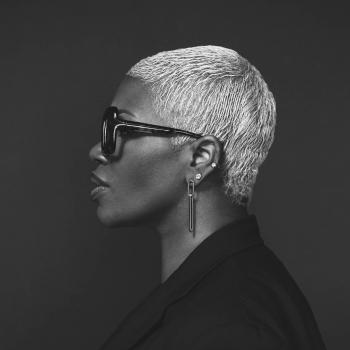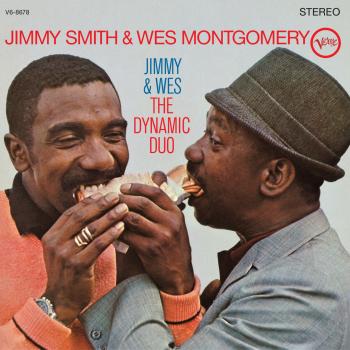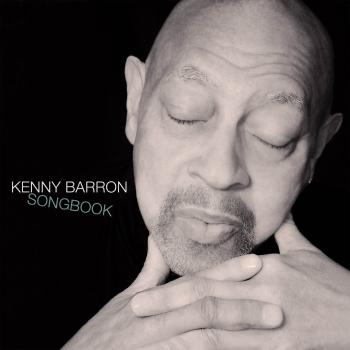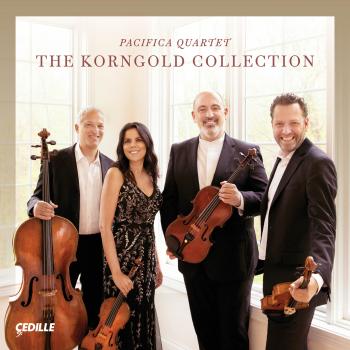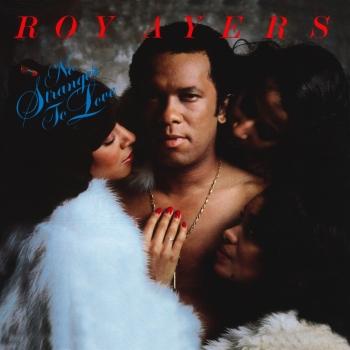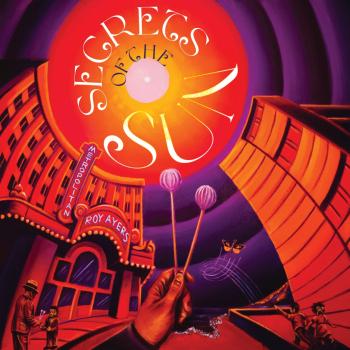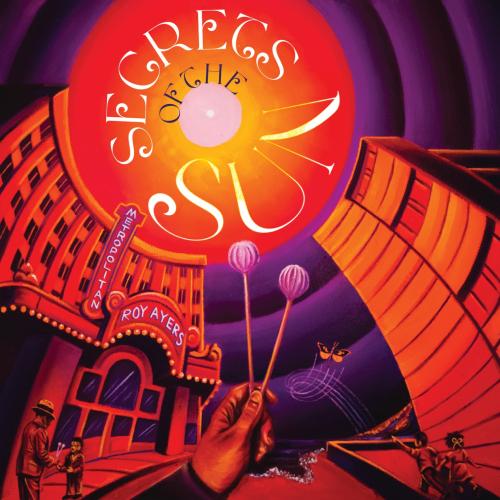
Secrets Of The Sun Roy Ayers
Album info
Album-Release:
2025
HRA-Release:
14.11.2025
Album including Album cover
I`m sorry!
Dear HIGHRESAUDIO Visitor,
due to territorial constraints and also different releases dates in each country you currently can`t purchase this album. We are updating our release dates twice a week. So, please feel free to check from time-to-time, if the album is available for your country.
We suggest, that you bookmark the album and use our Short List function.
Thank you for your understanding and patience.
Yours sincerely, HIGHRESAUDIO
- 1 Moving, Grooving 05:57
- 2 Pathfinder 04:48
- 3 You Came Into My Life 04:55
- 4 Pleasure 05:36
- 5 Intermission 04:07
- 6 Tarzan 03:27
- 7 Dragon's Nest 04:47
- 8 Don't Let Our Love Slip Away 04:23
Info for Secrets Of The Sun
Vibraphonist Roy Ayers, who passed away on March 4, 2025, at the age of 84, is considered the godfather of neo-soul. After making a name for himself as a West Coast jazz musician in the early 1960s, he and his band Roy Ayers Ubiquity rose to prominence in the 1970s, becoming one of the most important figures in jazz-funk. His catchy tune "Everybody Loves the Sunshine" alone has been sampled nearly 200 times. In the 1990s, Ayers was an icon of the acid jazz movement.
"Secrets of the Sun" is a fantastic compilation of four previously unreleased tracks and four brand-new reinterpretations of famous pieces by producer and mixing engineer Dennis "ROC.am" Jones.
Roy Ayers
Digitally remastered
Please Note: We offer this album in its native sampling rate of 48kHz, 24-bit. The provided 96kHz version was up-sampled and offers no audible value!
Roy Ayers
One of the most visible and winning vibraphonists since the 1960s, Roy Ayers' reputation is that of one of the prophets of jazz-funk and acid jazz, a man decades ahead of his time. A tune like 1972's "Move to Groove" has a crackling backbeat that serves as the prototype for the shuffling hip-hop groove that became almost ubiquitous on acid jazz records, and his relaxed 1976 song "Everybody Loves the Sunshine" has been frequently sampled. Yet Ayers' own playing has always been rooted in hard bop; it's crisp, lyrical, and rhythmically resilient. His own reaction to being canonized by the hip-hop crowd is tempered with the detachment of a survivor in a rough business.
Growing up in a musical family -- his father played trombone, his mother taught him the piano -- the five-year-old Ayers was given a set of vibe mallets by Lionel Hampton, but didn't start on the instrument until he was 17. He got involved in the West Coast jazz scene in his early twenties, recording with Curtis Amy (1962), Jack Wilson (1963 to 1967), and the Gerald Wilson Orchestra (1965 to 1966), and playing with Teddy Edwards, Chico Hamilton, Hampton Hawes, and Phineas Newborn. A session with Herbie Mann at The Lighthouse in Hermosa Beach led to a four-year gig with the versatile flutist (1966 to 1970), an experience that gave Ayers tremendous exposure and opened his ears to styles of music other than the bebop that he had grown up with.
After being featured prominently on Mann's hit Memphis Underground album and recording three solo albums for Atlantic under Mann's supervision, Ayers left the group in 1970 to form the Roy Ayers Ubiquity, which recorded several albums for Polydor and featured such players as Sonny Fortune, Billy Cobham, Omar Hakim, and Alphonse Mouzon. Initially influenced by electric Miles Davis and the Herbie Hancock Sextet, Ubiquity gradually shed its jazz component in favor of R&B, funk, and soulful disco, and put together a string of albums that hovered around the Top Ten of the R&B chart. These included Mystic Voyage, Everybody Loves the Sunshine, Vibrations, and Lifeline, which were released from 1975 through 1977. The last LP in this run featured "Running Away," a Top 20 hit on the R&B and disco charts.
During the '80s, besides leading his bands and recording, Ayers collaborated with Nigerian musician Fela Kuti, formed Uno Melodic Records, and produced and/or co-wrote several recordings for various artists. As the merger of hip-hop and jazz took hold in the early '90s, Ayers made a guest appearance on Guru's seminal Jazzmatazz album in 1993 and played at New York clubs with Guru and Donald Byrd. Ayers continued to make featured appearances on assorted recordings, including albums with the Soul Society, the James Taylor Quartet, 3D, and Postmodern Jazz. He led dates far less often than he had in the previous decades but remained active as a performer. In 2020, he teamed with Ali Shaheed Muhammad and Adrian Younge for Roy Ayers JID002, the second volume in the duo's Jazz Is Dead series. Muhammad's A Tribe Called Quest was among the dozens of rap groups who exposed Ayers' '70s work to a younger generation. (Richard S. Ginell, AMG)
This album contains no booklet.


